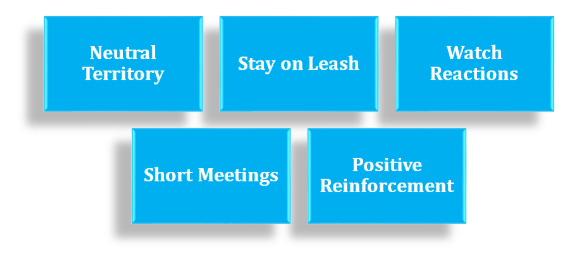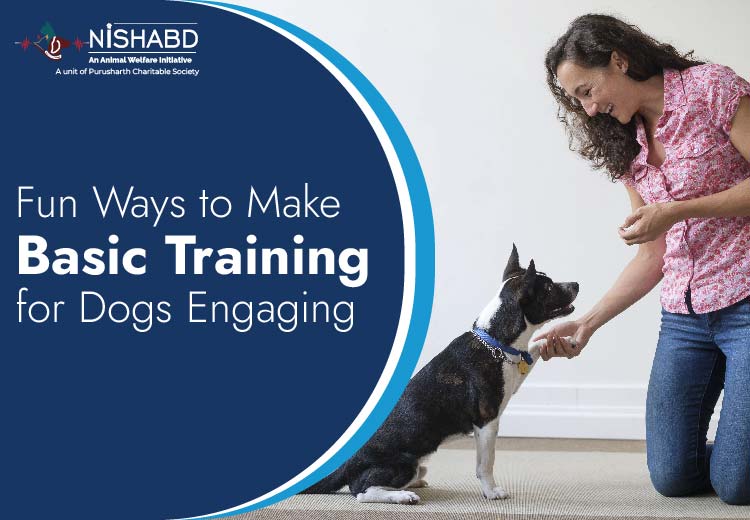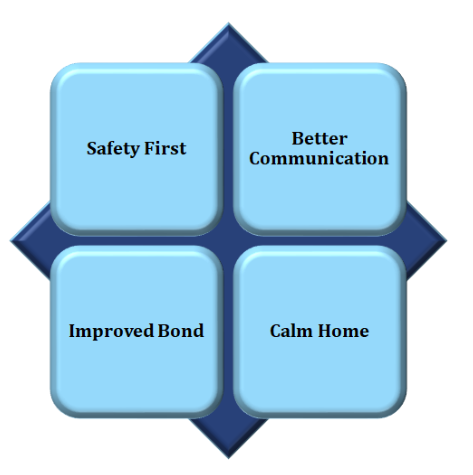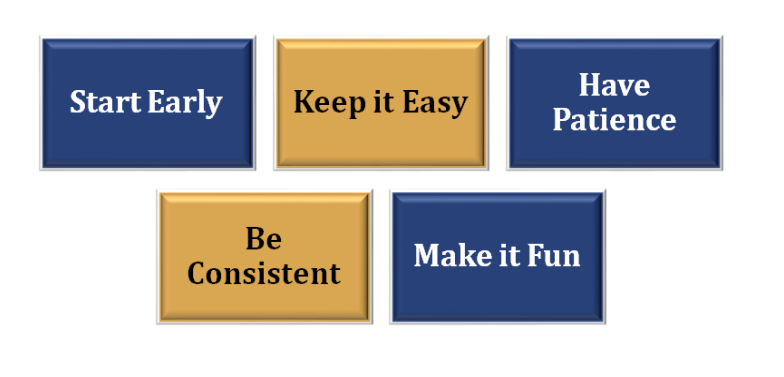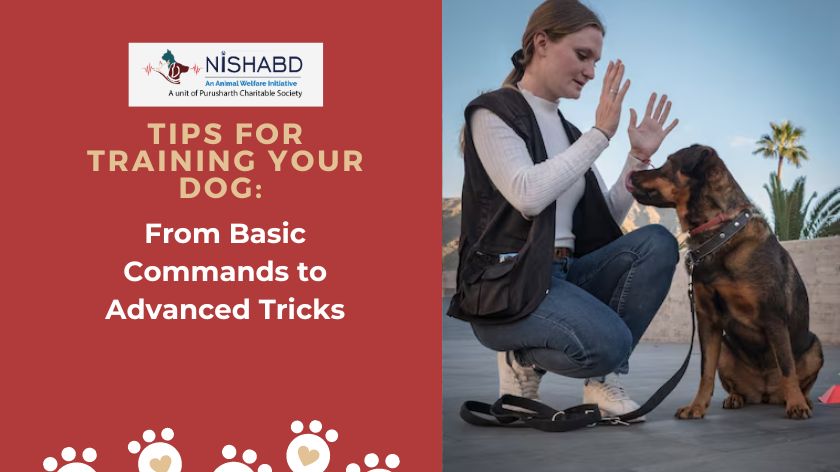Having more than one dog at home or helping stray dogs can be a joyful experience. But sometimes, dogs may not get along immediately. Building harmony between dogs is important so they can live together peacefully, play, and even become friends. Whether it’s your pet or a stray you are helping, knowing how to introduce dogs to each other and support them is key.
Understanding Dogs’ Behavior
Before bringing dogs closer together, it is important to know the behavior of dogs. Dogs communicate via body language such as barks, growls and tail motions. Certain dogs might be anxious or scared upon meeting the first pet. Recognizing signs such as high claws, stiff body or hiding can help you avoid conflict. It is important to be patient.
How to Introduce Dogs to Each Other
Making dogs feel welcome can be the very first stage towards creating harmony. Begin with a slow pace:
- Neutral Territory: Begin by meeting your dogs at a neutral space such as a park to avoid territorial conflicts.
- Stay on Leash: Both dogs must be leashed but loose enough to be able to move easily.
- Watch Reactions: Start by letting them sniff and then smile at each other in a calm manner. Look for any signs of aggression or fear.
- Short Meetings: Keep initial meetings short. Gradually increase the time of meetings until they are more comfortable.
- Positive Reinforcement: Give praise or offer treats when dogs are calm around one another.
A proper introduction can help prevent fighting and teach dogs to trust and respect each other.
Helping Dogs Build Friendships
Like humans, dogs need time to develop friendships. They need patience, attention and the right guidance for a smooth relationship. Here are some steps to help dogs make best friends:
- Proper Socialization: Allow dogs to interact with others dogs and people in a controlled and safe manner. Regularly meeting with different dogs helps them in learning the right way to behave and better communicate.
- Respect Personal Space: Give your dogs a space to eat, rest and play. Do not force interaction. Allow them to approach one another as they feel at ease.
- Individual Attention and Training: Take time to spend with every dog in a private setting. Introduce them to basic commands, such as “sit,” “stay,” and “leave it.” Training helps dogs be more secure and can help prevent conflict.
- Positive Reinforcement: Give dogs praise and rewards for their calm behavior and are friendly when they interact with their companions. Treats, toys and positive words help to make learning enjoyable and help to encourage good behavior.
If you follow these guidelines, dogs are able to gradually build trust and develop solid and friendly bonds. Patience and consistency are the key to helping dogs be happy together.
Dog Training for Harmony
Training dogs plays an essential part in harmony. Training can help dogs learn how to behave, obey rules and behave in a calm manner with other dogs. The training sessions are enjoyable for dogs and help them build their confidence. If you’re new to dog training, consult with professionals or nearby dog trainers. Regular training builds bonds between dog and owner, and makes life easier for owners.
Dog Shelter Support
Sometimes, dogs require extra assistance, particularly stray dogs. Shelters for dogs play a crucial role in socializing dogs as well as teaching them to be social with other canines and people.
Nishabd – Dog Shelter in Noida
Nishabd, a dog shelter in Noida, not only helps rescue dogs, but also concentrates on helping them become more friendly and social. They host training and activities sessions that help dogs communicate calmly with other pets and others. In helping pets and strays befriend each other, they help create an environment where pets feel secure and loved. They make an environment where the dogs can feel satisfied and safe.
Tips for Maintaining Harmony
- Always keep an eye on dogs while they are in a group in the beginning.
- Encourage good behavior by rewarding positive interactions.
- Be patient. Some dogs are more difficult to get used to.
- Maintain routines that are consistent in order to lessen stress.
- Check for health issues, sick or injured dogs might be stressed.
If you follow these easy tips, dogs can live in peace, love one another’s company and form lasting friendships.
FAQs
Q1. How long does it take for dogs to get along?
It depends on the dogs. Some become friends in a few days, while others may take weeks. Patience is key.
Q2. Can strays and pets become friends?
Yes! With proper introductions, training, and supervision, even stray dogs can bond with pets.
Q3. What if dogs fight during the introduction?
Separate them calmly and try again later. Avoid punishing them, as it can increase anxiety.
Q4. Do all dogs need training to live together?
Training is highly recommended. It helps dogs understand boundaries, follow commands, and interact safely.
Q5. How can shelters help in building dog friendships?
Shelters like Nishabd provide socialization, training, and safe spaces where dogs can learn to interact with each other peacefully.
Note: The information provided in this blog is for educational purposes only and should not replace professional veterinary or behavioral advice. Consult a professional trainer or behaviorist for personalized guidance and recommendations based on your situation.


